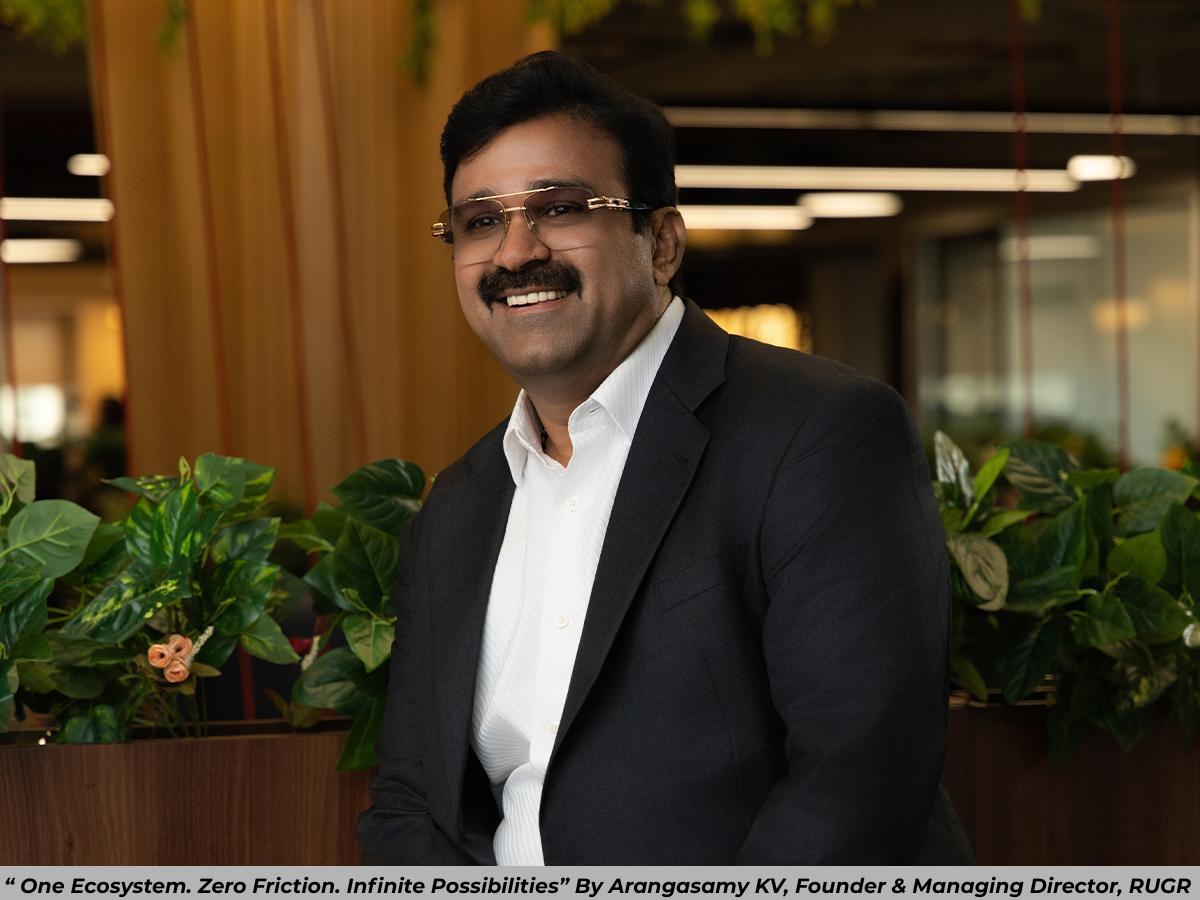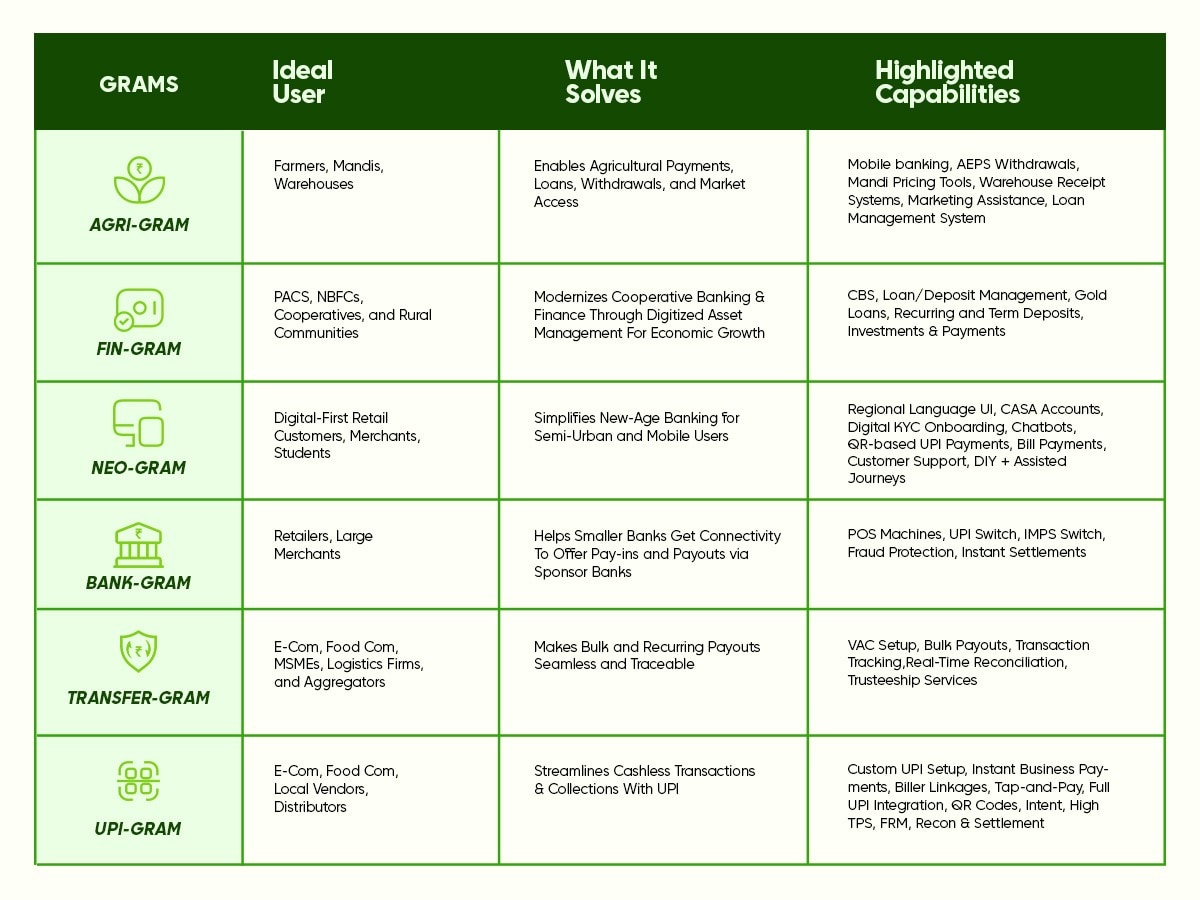
Designing the backbone of Bharat's digital finance
Rooted in experience, built for Bharat

Over the last 19 years, I’ve lived between two worlds: the fast-evolving corridors of banking technology and the deeply resilient lanes of rural India. It’s been a journey that began in engineering classrooms and data centers, but one that found its true meaning in cooperative societies, self-help groups, and grassroots institutions across the country.
I still remember walking into a small PACS branch in Tamil Nadu, years ago. The ledgers were handwritten, the systems disconnected, but the intent was pure. A woman running a small dairy business waited hours to update a loan book entry that could’ve been done in seconds. That moment stayed with me, not as a technical failure, but a reminder of what we owe the people who trust us with their aspirations.
As someone who has seen firsthand the asymmetry between access and inclusion, I didn’t just want to create another fintech platform. I wanted to correct the architecture that left Bharat behind. That vision became RUGR. Not just a product of strategy, but a platform born out of empathy, necessity, and a refusal to accept that the future should belong only to the digitally privileged.
From Connection to Continuity: Building Beyond Buzzwords
When we built RUGR Udaan, we weren’t chasing a market opportunity; we were addressing a systemic disconnect. Rural and semi-urban merchants, despite having smartphones, UPI access, and data connectivity, remained outside meaningful financial engagement.















